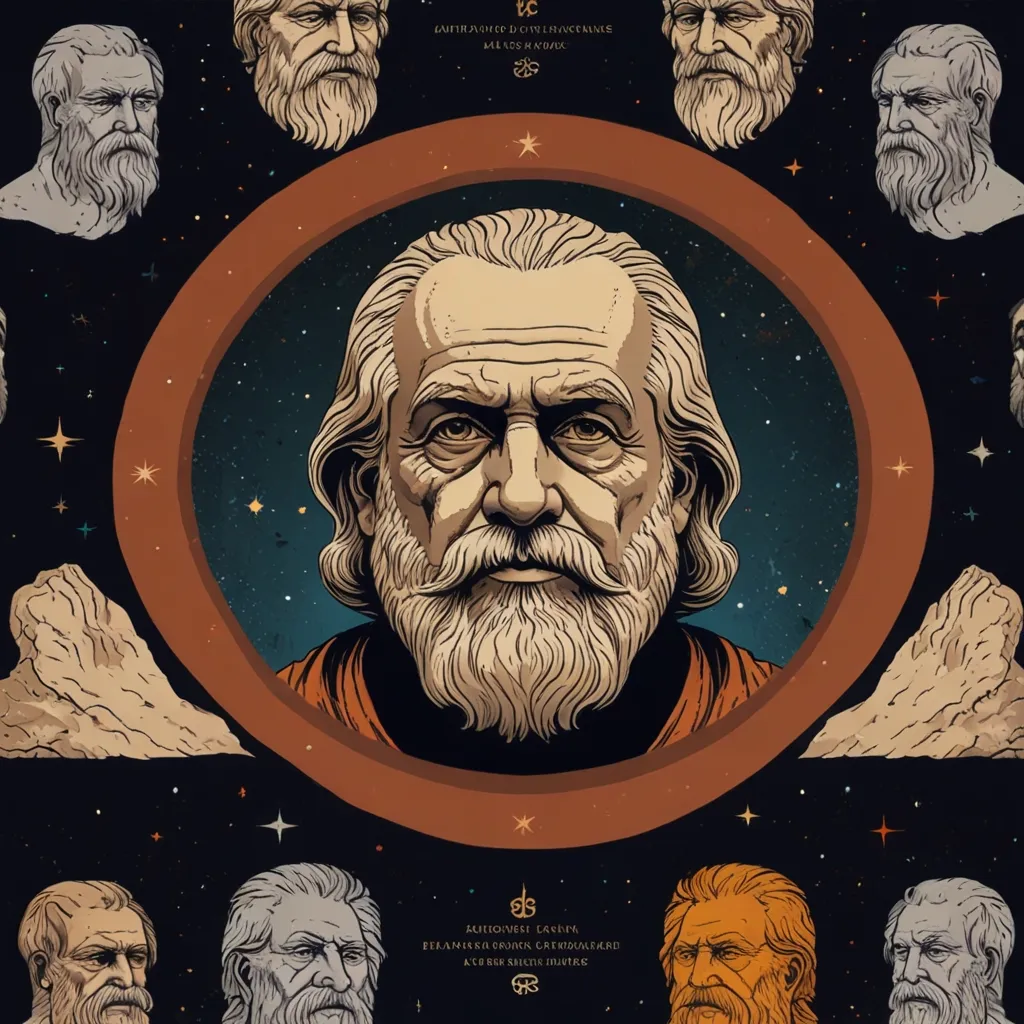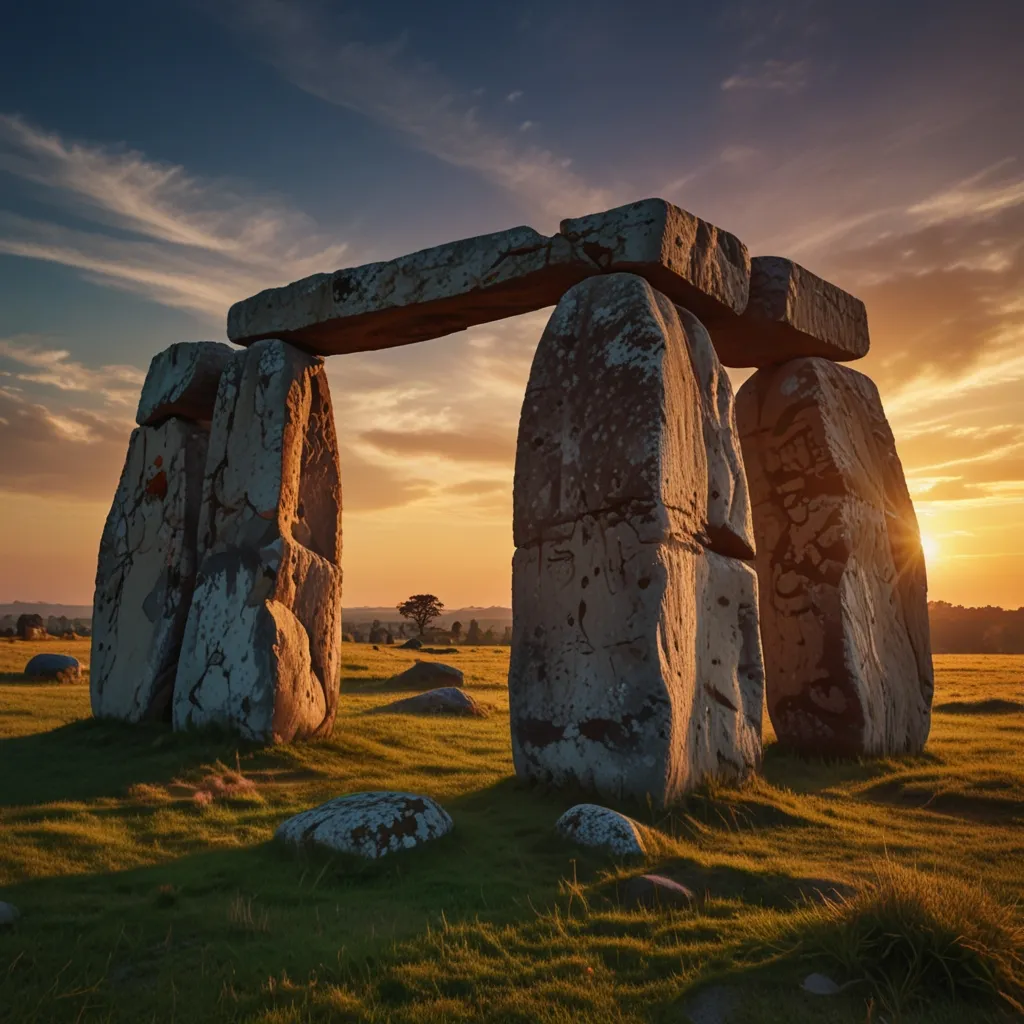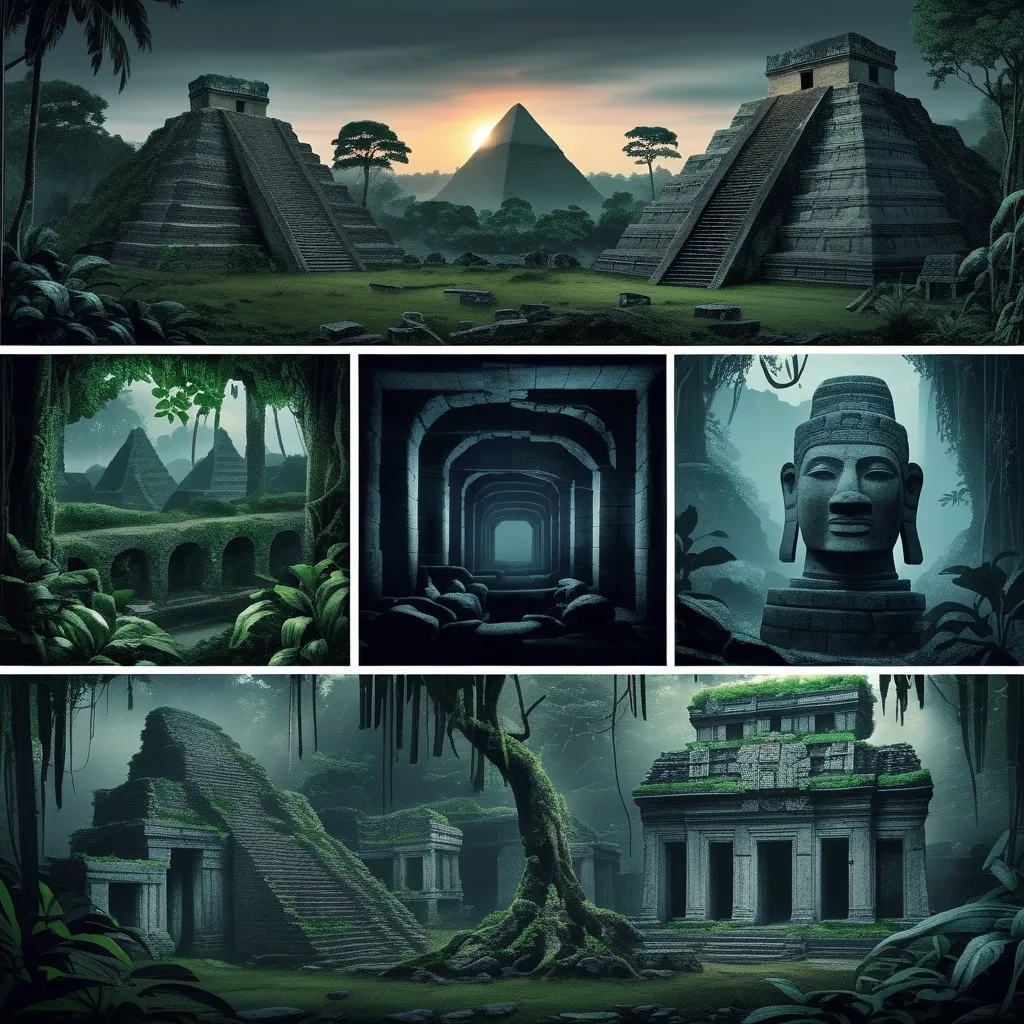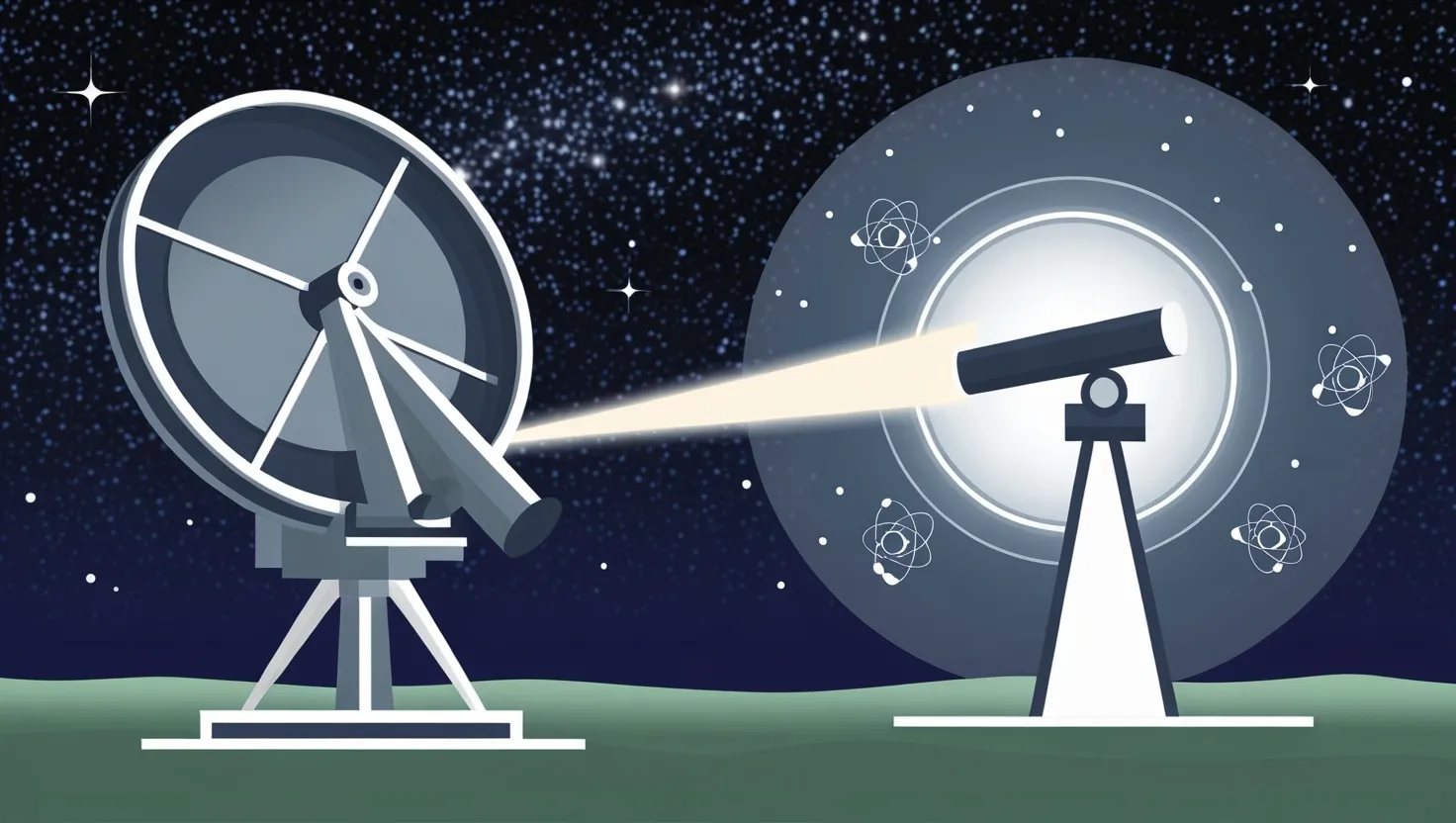The concept of the Multiverse has always captured imaginations, and it’s not just a favorite of modern science fiction; contemporary scientists take it seriously, too. It’s thrilling to imagine that beyond our universe there might be an endless array of alternate realities. What’s fascinating is that this idea isn’t as modern as we tend to think. In fact, the idea of parallel universes dates back to ancient times, showing that humanity’s curiosity about the cosmos is a timeless trait.
Ancient Greece was a beacon of advanced thought, especially during its prime eras. Post the Bronze Age collapse and the dark centuries that followed, Greece re-emerged, and the Archaic Era marked significant strides in philosophy and astronomy. The Greeks were passionate about understanding the universe, leading to early theories about creation and existence. Back then, philosophy was the go-to tool for explaining the unknown, unlike today where science does most of the heavy lifting. Philosophers back then didn’t box themselves into one discipline. They were the original interdisciplinary thinkers, dabbling in math, astronomy, biology, politics, and ethics.
Two Greek schools of thought played significant roles in pioneering the Multiverse theory: Atomism and Stoicism. But before delving into those, there was Anaximander, a 6th-century BCE philosopher born in Ionia. Credit goes to him for possibly being the first to propose a cosmological theory. He believed in something called the “apeiron” or the infinite, from which our world was born and to which it would return, completing a cycle of endless creation and destruction. Although specific details of his work are sparse, it’s clear that Anaximander’s ideas laid early groundwork for thinking about multiple worlds.
Moving on to Atomism, this school thought that everything is composed of fundamental particles called atoms (a term we still use today). Led by Leucippus and Democritus, these thinkers proposed that the universe’s origins traced back to interactions between these indivisible particles floating through a void. While it’s tough to determine who contributed what—some even question Leucippus’s existence—Democritus left behind substantial theory that shaped chemistry and physics.
Democritus and his mentor believed that these atomic collisions not only birthed our world but created an infinite number of parallel realms. This idea ties into “Cosmic pluralism,” which posits the existence of many worlds. For the atomists, these weren’t just other planets like modern astronomy points out, but parallel universes formed by random atomic interactions. Imagine believing in infinite universes back in ancient Greece; it’s a wild thought, yet there they were, pondering it.
Even the great Alexander the Great heard of these ideas. There’s a story of him crying when he learned about the concept of infinite worlds from his companion Anaxarchus. It underscores just how impactful and far-reaching atomist theories were.
On to Stoicism—a school that emerged later, around the 4th Century BCE, during the Hellenistic period—a time of social upheaval but also flourishing science and philosophy. Unlike the atomists, the stoics believed the universe had an undying soul that connected everything. This perspective came from thinkers like Chrysippus, who proposed that the universe recycles itself eternally. They believed in a sequential rather than simultaneous Multiverse, where the cosmos would degrade and regenerate continually. This idea, while different from Atomism, also laid a foundation for thinking about multiple worlds.
However, these early explorations into the Multiverse faced significant pushback, particularly from Aristotle. He favored a geocentric model, placing Earth at the universe’s center. His views dominated for almost two millennia due to the massive influence of his scientific approach. This geocentrism made the idea of a Multiverse incompatible with mainstream thought back then, causing the theories of atomists and stoics to fade.
Interestingly, the Greeks weren’t the only ancient civilization to think about parallel worlds. In ancient India, Hinduism featured an early conceptualization of the Multiverse. Hinduism, an amalgamation of various beliefs, discussed the idea of multiple worlds long before the Greeks did. Sacred texts like the Ramayana and later interpretations like the Ramcharitmanas contain vivid descriptions of multiple universes. A famous passage describes the god Rama’s mother seeing the entire Multiverse within his mouth, depicting an infinite number of suns, planets, and timelines.
Hinduism goes beyond simple parallel universes, proposing a complex structure of 14 worlds, split into upper and lower realms, with Earth being one of the upper worlds. The religion also presents the universe as cyclical, continuously being destroyed and recreated. This cyclical worldview found in Hindu beliefs shares similarities with stoic philosophy and has persisted without being overtaken by a geocentric perspective.
Buddhism, which branched from Hinduism, also supports the concept of parallel universes. Through meditation and reaching Nirvana, the Buddha was said to have witnessed all his lives across infinite universes. The Atsumaka Sutra, written about 500 years after the Buddha’s time, speaks of interconnected realms, emphasizing that nature is far more intricate than human perception can grasp. This parallels the idea of superposition in quantum mechanics where particles exist in all possible states until observed.
Even predictions in Buddhism about the sun’s eventual increase in temperature align remarkably with modern understandings of stellar evolution. Such ancient insights into the universe’s ultimate fate suggest that early thinkers had an impressive, albeit intuitive, comprehension of cosmic realities.
Ancient beliefs in parallel worlds weren’t limited to Greece and India. Norse mythology proposed a nine-world cosmology, all existing concurrently and connected by Yggdrasil, the world tree. Though Midgard was the only world accessible to humans, gods and other beings inhabited the remaining realms, suggesting an early parallel universe model.
Ancient Egyptian cosmology didn’t directly talk about parallel universes but conceived a multi-layered reality comprising physical and spiritual realms. The narrative of the soul’s journey through the Duat to the eternal paradise of Aaru offers a glimpse into their rich and complex view of existence beyond the physical world.
Even as science took over more recent centuries, these ancient concepts can feel refreshing yet familiar today. The Multiverse theory making modern waves in both science fiction and science may only be reaffirming what ancient societies already intuited through their philosophies and religions.
Whether it’s Greek philosophers, Hindu texts, Buddhist sutras, or Norse legends, the persistent belief in multiple worlds suggests an age-old curiosity about our existence. As science continues to probe these ancient questions, it’s thrilling to think we might be standing on a foundation built millennia ago. What do you make of all this? The idea that ancient minds might have been onto something with their visions of the cosmos is nothing short of mind-blowing.






